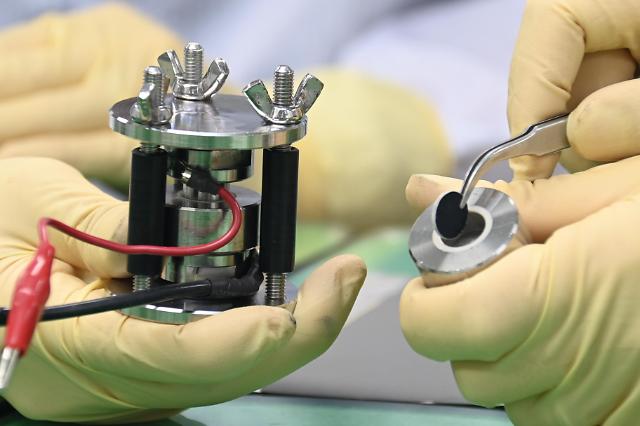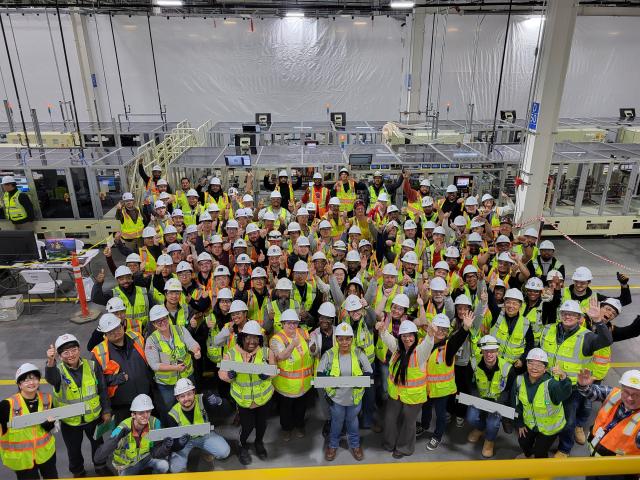
[Courtesy of ETRI]
All-solid-state batteries have a higher energy density than lithium-ion batteries that use liquid electrolyte solutions to transport ions inside the cell. All-solid-state batteries are regarded as next-generation high-performance batteries for electric vehicles because they are more stable with an almost zero risk of combustion. Inside a battery, anodes work as ion storage. The electrode material affects the lifespan and performance of batteries.
Binder materials hold active material particles onto the electrode of a battery to come in contact with current collectors made of aluminum or copper foils. Batteries can maintain their highest performance and stability. Currently, ion-conductive materials are used to create binders to lower the interfacial resistance between active materials.
The Electronics and Telecommunications Research Institute (ETRI) said that its research team has created a new electrode structure by applying the new cellulose-based conductive binder material to a graphite anode. Through various tests, researchers found that the new binder material showed reduced charge and discharge overvoltage by some 30 percent and improved high-rate charge and discharge performance by about 40 percent, compared to non-conductive binders.
ETRI said that reduced overvoltage can stabilize and increase the lifespan of the cell. Also, the cellulose-based binder material maintained its charging efficiency in fast charging.
"By applying the conductive binder material to anodes, we hope to increase the chance of commercialization of high-performance all-solid-state secondary batteries because we can utilize existing battery-making facilities by excluding liquid electrolytes and maximizing the lithium-ion transfer capability of batteries," ETRI researcher Shin Dong-ok said in a statement released on July 12.




